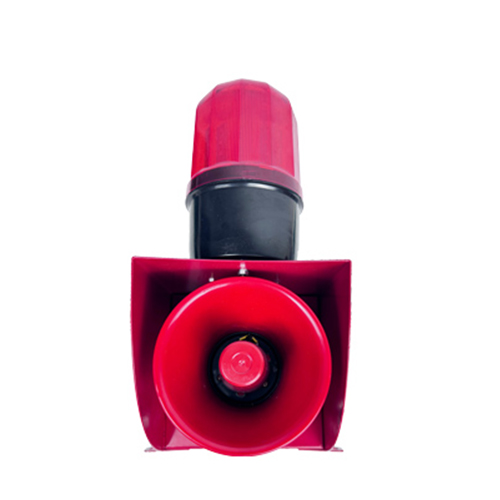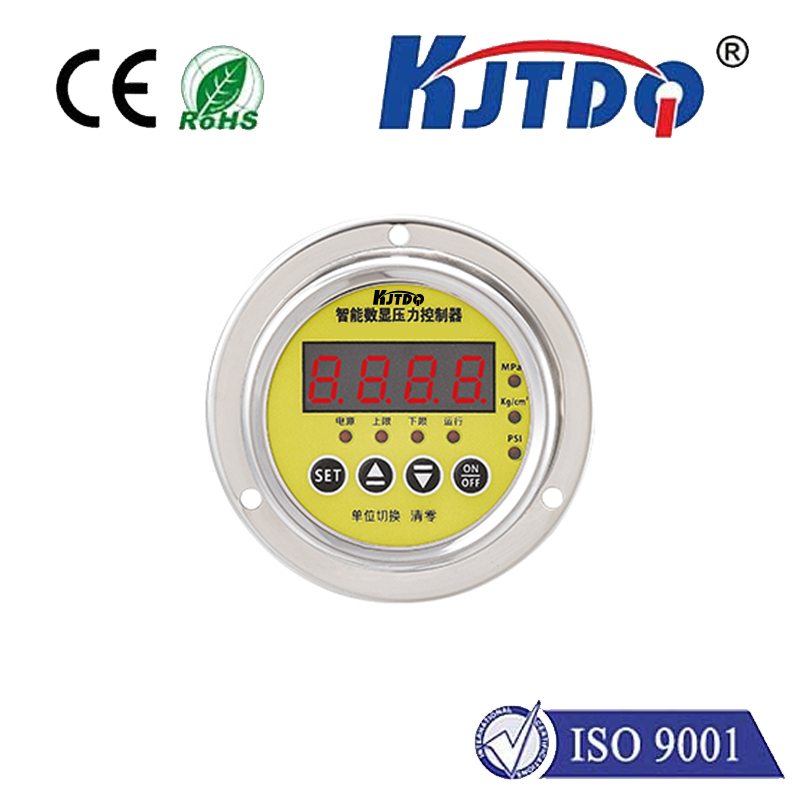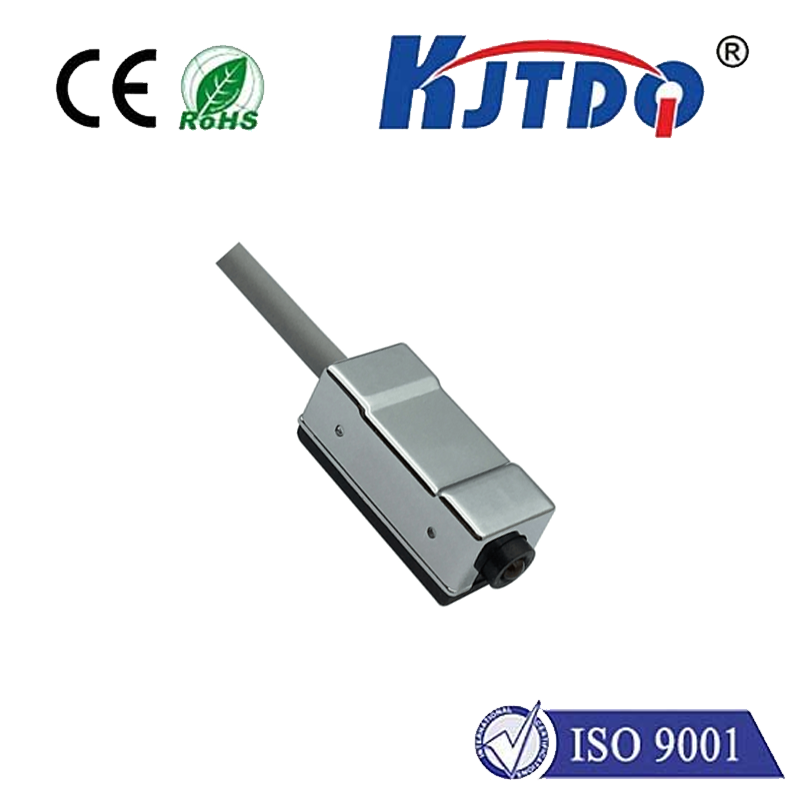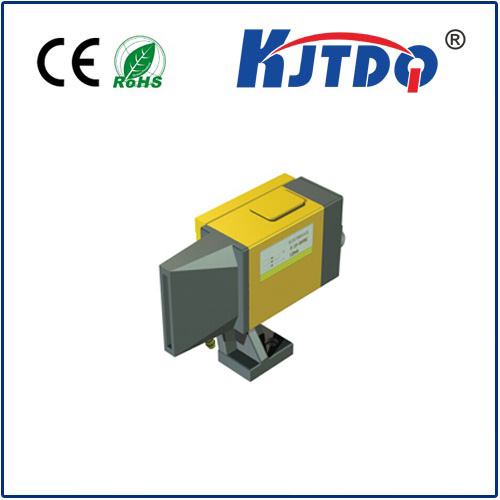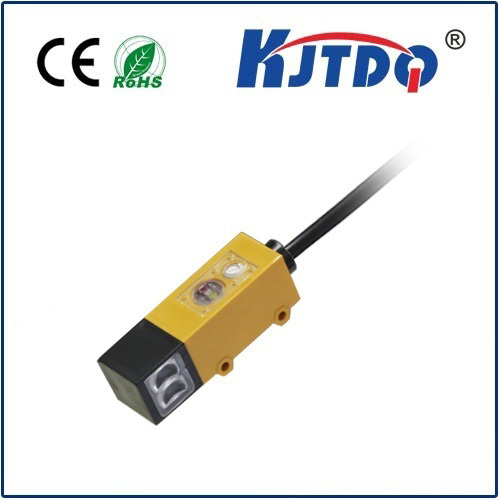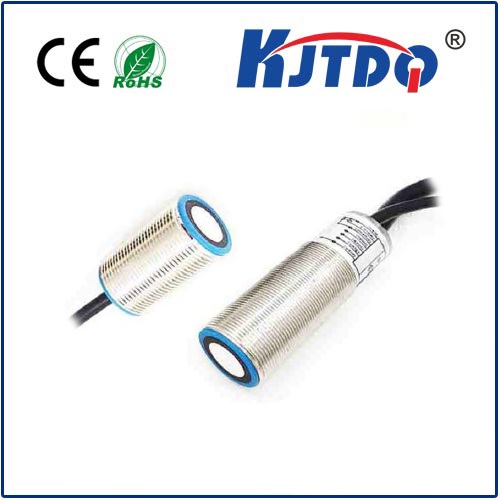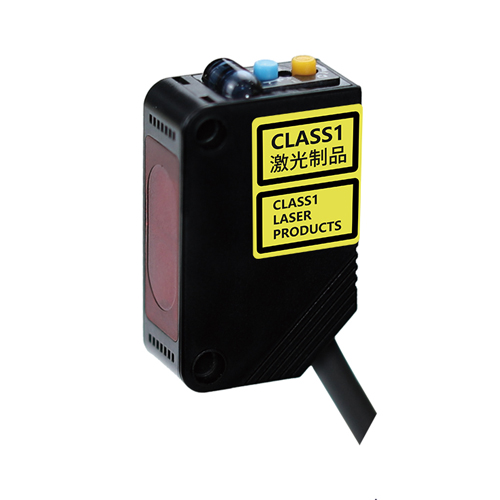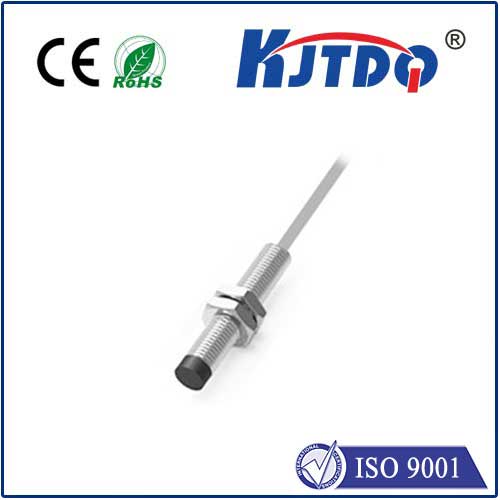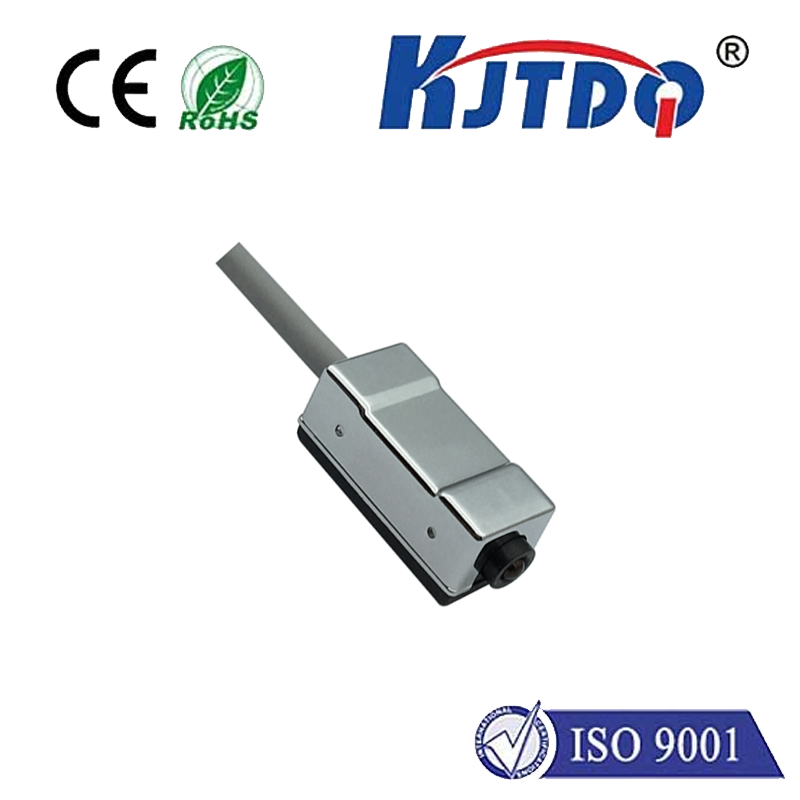

check

check

check

check
Title: High Temperature Limit Switch: An Essential Component for Safe Operations
The high temperature limit switch is a vital component in ensuring the safety and efficiency of industrial processes. Its primary function is to detect when the temperature of a system exceeds a pre-set threshold, alerting operators to take corrective action before any damage occurs. This article will explore the working principles, types, and application areas of high temperature limit switches, emphasizing their importance in maintaining safe and productive operations.
1. Working Principles: How High Temperature Limit Switches Work
High temperature limit switches operate on the principle of differential heating. When the temperature of the system rises above the pre-set threshold, the switch contacts open, triggering an alarm or initiating a specific response. The switch may be operated manually or automatically, depending on the requirements of the process. In automatic operation, the switch is typically integrated into a control system that can sense changes in temperature and respond accordingly.
2. Types of High Temperature Limit Switches
There are several types of high temperature limit switches available on the market, each designed for specific applications and operating conditions. Some common types include:
a) Mechanical Switches: These rely on metal contacts to sense heat and trigger an alarm. They are simple and reliable but require periodic maintenance to ensure proper operation.
b) Photoelectric Switches: Photoelectric switches use a photocell to detect changes in light intensity due to temperature fluctuations. They are highly accurate and offer fast response times but may be affected by external factors such as sunlight or dust.
c) Electromagnetic Switches: Electromagnetic switches use a magnetic field to sense temperature changes in a conductive material. They offer fast response times and are resistant to environmental factors, but may be prone to false alarms caused by interference from other electrical systems.
3. Application Areas of High Temperature Limit Switches
High temperature limit switches are widely used in various industries where high temperatures are present, such as:
a) Chemical Processing: In chemical plants, high temperature limit switches are used to monitor ovens, reactors, and distillation columns to prevent equipment malfunctions and ensure efficient production processes.
b) Metalworking: In metalworking facilities, these switches are employed to safeguard furnaces, boilers, and other machinery from overheating accidents.
c) Thermal Power Generation: High temperature limit switches play a crucial role in power generation plants, where they help maintain stable operating conditions for turbines, combustion chambers, and other critical components.
d) Food Processing: In food processing plants, high temperature limit switches are utilized to protect cooking equipment from excessive temperatures that could cause contamination or spoilage of products.
In conclusion, high temperature limit switches represent an essential component in ensuring safe and efficient operations in various industries where high temperatures are present. Their ability to sense temperature changes accurately and quickly helps prevent equipment malfunctions and reduces the risk of accidents. As technology advances, high temperature limit switches continue to evolve, offering improved performance, reliability, and compatibility with modern control systems.
